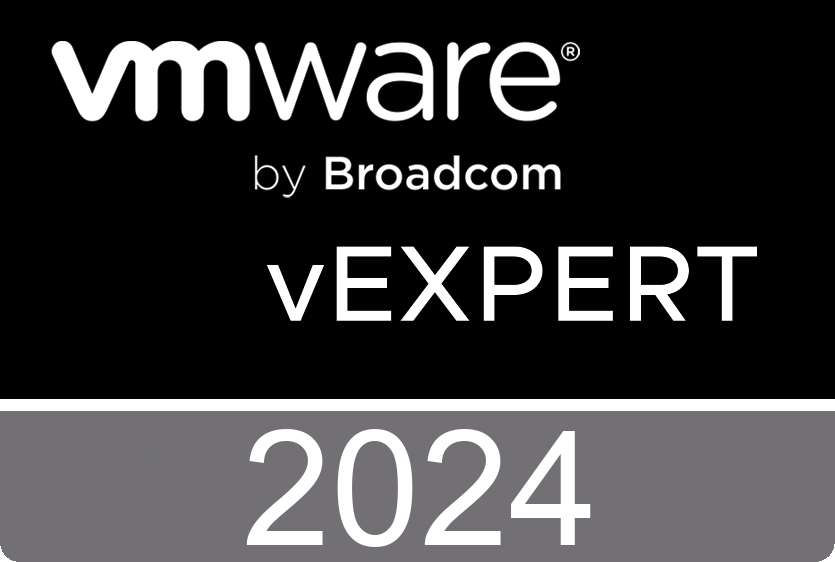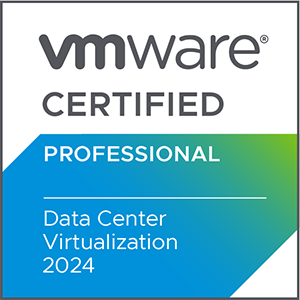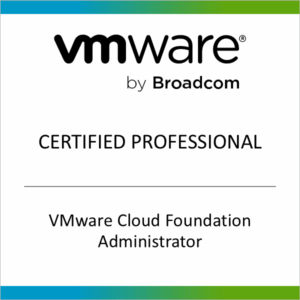Setting Up an Offline Depot for VMware Cloud Foundation 9.x Using Apache on Ubuntu
VMware Cloud Foundation 9 introduces a more comprehensive and flexible architecture, making it easier to design and deploy modern infrastructure stacks. One of the key improvements is the streamlined deployment of core components like vCenter, ESXi, NSX, and Aria Operations. Compared to previous versions—especially vSphere 8 and Aria Suite 8—VCF 9 simplifies lifecycle management and reduces manual steps. For example, […]



Recent Comments